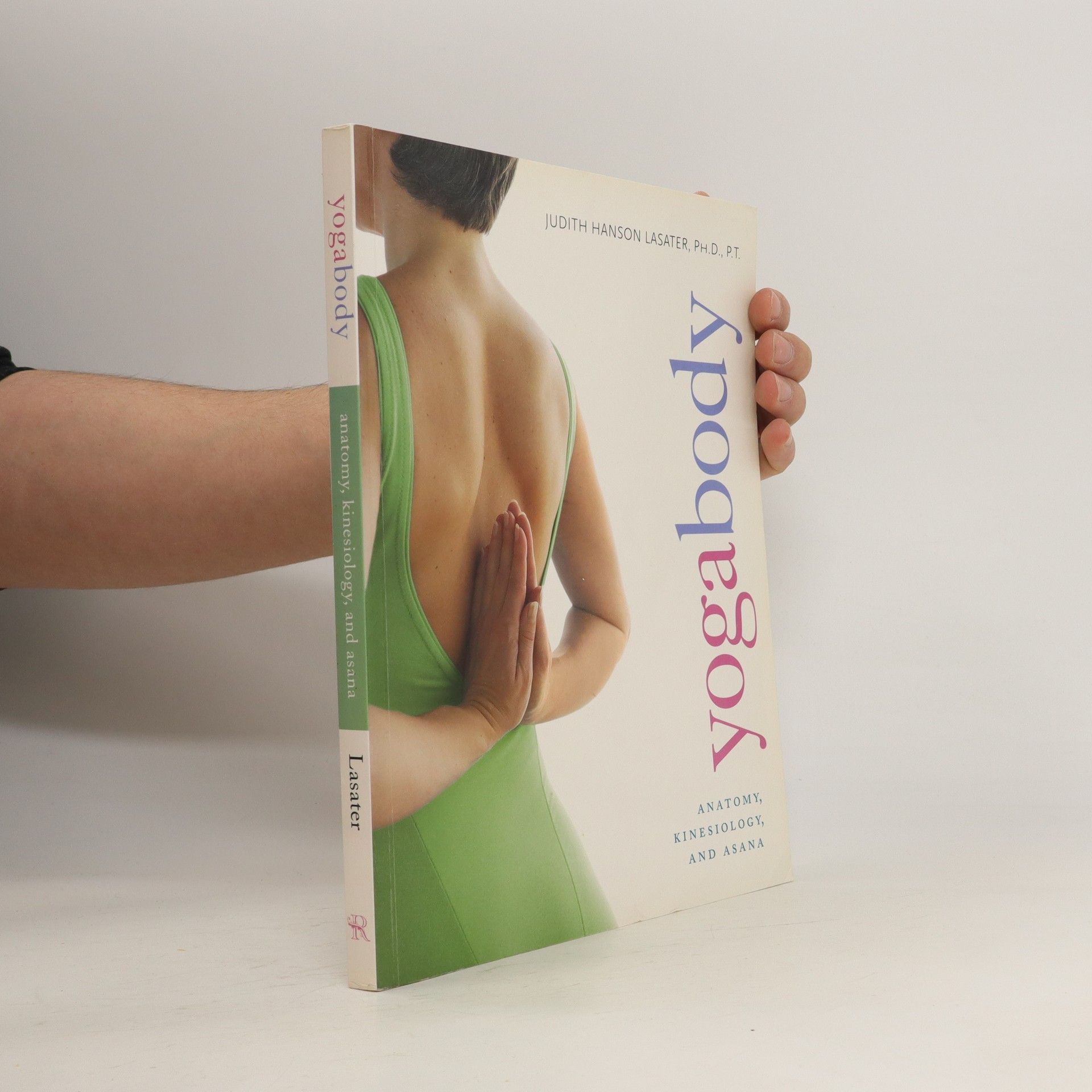Yoga Myths
- 288pages
- 11 heures de lecture
The essential guide to correcting yoga misconceptions and avoiding injuries in your practice from Judith Hanson Lasater, a yoga instructor, physical therapist, and bodywork expert. "Tuck your tailbone to protect your back." "Increase your breath." "Pull your abdominal muscles into your backbone." Following these movement cues is often believed to benefit your yoga practice and protect your body when entering and holding poses. However, what may seem like a helpful correction can actually lead to injury or physical harm. In Yoga Myths, Judith Hanson Lasater draws on almost fifty years of experience as a yoga instructor and physical therapist to address the most common mistakes in our yoga practice and provide clear instructions for correcting these errors. Focusing on the eleven "myths" most detrimental to our practice, Lasater provides a comprehensive discussion of what the myth is, why it can hurt us, and how we can avoid it through step-by-step instructions and guiding photos. This book will allow you to return to the inherent wisdom, natural goodness, and spiritual wholeness of yoga and avoid life altering injuries for as long as you practice.

